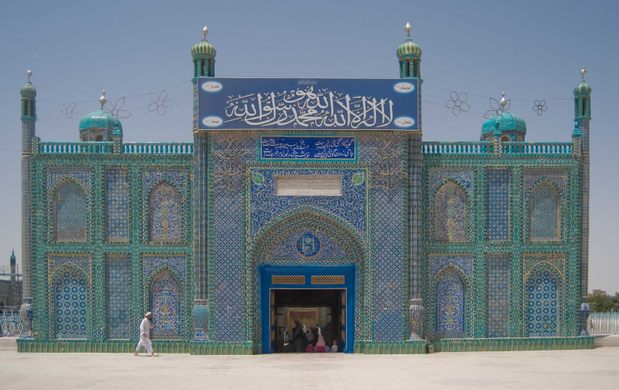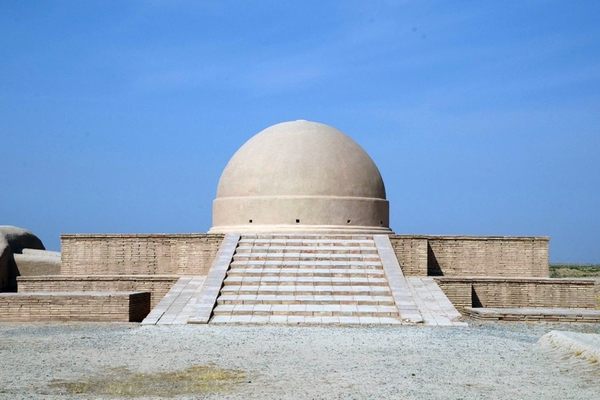Afghanistan's Blue Mosque
This magnificent blue mosque in Afghanistan is surrounded by thousands of white doves.
The Blue Mosque has been described as an oasis for peace, and it really does seem like it, considering the thousands of white doves surrounding the mosque. The doves flock on the trees, the roof, and the sidewalks. Legend has it the mosque is so sacred that any dove with a speck of color on its feathers will instantly become pure white after entering the mosque’s vicinity.
According to legend, a Middle Eastern mullah (scholar of Islam) had a dream that Ali bin Abi Talib, the son-in-law and cousin of the prophet Muhammad, had his bones resting in what is now northwestern Afghanistan. Captivated by his story, Ahmad Sanjar, who was the Sultan of the Seljuq Empire from 1118 to 1157, constructed the Shrine of Ali in northwestern Afghanistan. He even constructed a city around the shrine, called Mazar-i-Sharif, to which thousands of religious Muslims migrated.
Unfortunately, a century after the shrine was built, Genghis Khan made his westward push. When he reached Mazar-i-Sharif, Khan completely destroyed the shrine.
But it wasn’t gone for long. In 1481, Sultan Husayn Mizra rebuilt the Shrine of Ali in an even grander fashion, in the form of a giant blue mosque which still exists to this day.
When you look at it, the structure appears to be floating, a trick of Islamic architecture, which uses intricately painted clay tiles. The tiles constantly need to be replaced — two square feet every day — from exposure to the natural elements and because the corners of certain tiles are often stolen by pilgrims as religious mementos.
The Blue Mosque offers a tranquil escape from the hustle and bustle of Mazar-i-Sharif’s streets and bazaars. It is consistently quiet, except for when the muezzin makes one of the daily calls for prayer.































Follow us on Twitter to get the latest on the world's hidden wonders.
Like us on Facebook to get the latest on the world's hidden wonders.
Follow us on Twitter Like us on Facebook